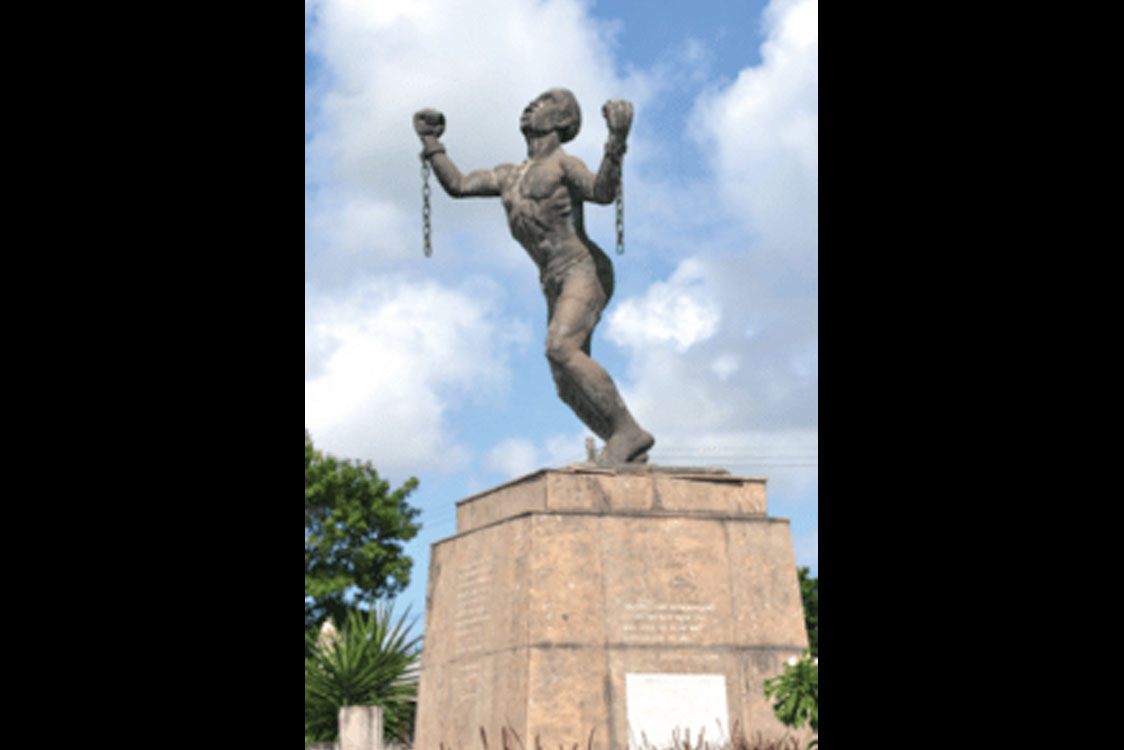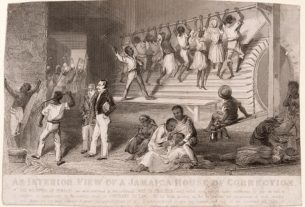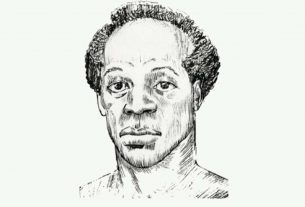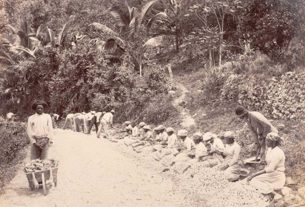Since the 1620s, Barbados was a British colony where the enslaved were worked to death to enrich British planters and investors. The Slave Trade Abolition Act of 1807 made illegal the trafficking of Africans. To combat illicit transportation between colonies following this Act, enslavers in the British Colonies were forced by Parliament to keep ‘slave registers’, and they were first introduced in Trinidad in 1812.
It caused some Africans in Barbados to feel that freedom was at hand, but that local planters were delaying the process. The patience of many enslaved Africans ran out.
The inhumanity of plantation life and the struggle for freedom motivated African-born ‘Bussa’, and ‘Nanny Grigg’, a house servant, to start a major rebellion on 14 April 1816. The rebellion started at Bayley’s estate, then St Philip, spreading to most of the southern and central parishes of Christ Church, St. John, St. Thomas, St. George and parts of St. Michael. Three days later it was put down by local soldiers. Martial law was declared on 15 April, and was lifted on 12 July 1816. A quarter of the island’s sugar cane crops were destroyed, and nearly 1,000 rebels were killed. After the rebellion, 214 more Africans were executed and 123 were transported from the island.




